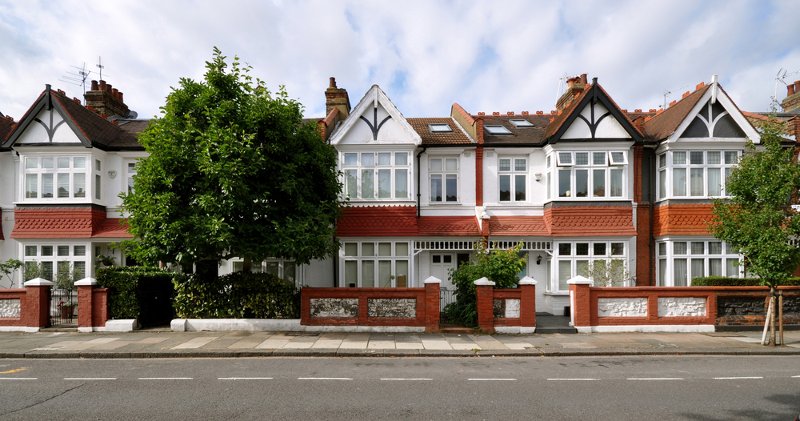House prices continued to increase at a relatively subdued rate during the first quarter of 2018, the Halifax House Price Index found.

House prices continued to increase at a relatively subdued rate during the first quarter of 2018, the Halifax House Price Index found.
The index, administered by IHS Markit, signalled a +2.8% increase in the standardised UK property price when compared to the same period a year earlier.
Although that was an improvement on the +2.7% increase seen in the final three months of 2017, inflation remained well down on rates seen during the past five years.
Paul Smith, economics director at IHS Markit said: “House prices stalled in the first quarter of the year, meaning that annual inflation remained subdued and amongst the weakest we’ve seen in the past five years.
“The subdued performance of the UK housing market, especially in the South of England, seems to reflect a general lack of appetite amongst households at present for activity related to major purchases in line with the general squeeze on real incomes seen in recent months. “
Allied with a general undercurrent of Brexit-related uncertainty, plus the likelihood of higher (albeit still historically low) interest rates later in the year, the market seems set to persist in a subdued state for the foreseeable future.
“Price support is likely to come, however, from a lack of supply of houses for sale, which ironically is being driven in part by households, especially at the upper end of the market, unwilling to move unless absolutely necessary.”
Moreover, compared to the previous quarter, prices were unchanged. The stagnation of house prices on the quarter-on-quarter measure compares unfavourably to the +1.3% upturn seen in Q4 and is the worst outturn on this measure for a year.
Prices were up just £300 on the quarter at £223,819 in Q1, an increase of £6,185 year-on-year.
Whilst the majority of regions continued to register annual house price inflation, most notably London saw a 3.8% reduction in prices, its sharpest fall since the start of 2011.
That followed on from a -0.7% decline in Q4 2017 and represented the worst outturn for the capital in seven years.
The neighbouring South East registered only a slight annual increase in prices (+0.3%), whilst the South West recorded inflation of just +1.9%.
In contrast, it was the East Midlands (+7.3%) and East Anglia (+7.2%) that indicated the strongest rates of annual price inflation, followed closely by Scotland (+6.7%) and Yorkshire & Humberside (+6.1%).
Looking at short-term house price momentum, as measured by the quarter-on-quarter change, seven regions recorded falls in prices compared to the end of 2017.
London again stood out, recording its sharpest decline in prices for nine years (-3.2%), whilst there was a fall of -1.5% seen in the South East and a decline of -1.1% in the South West. The North West saw house prices fall by -3.0% since the previous quarter.
In contrast, the North of England (+4.5%), East Anglia (+2.2%), the East Midlands (+1.8%) and West Midlands (+1.4%) all recorded notable quarterly rises during Q1.
Despite the noticeable losses of momentum seen in London and broader Southern England during the first quarter, these areas remain on average by far the most expensive places to live.
In Q1 2018, the standardised house price in London was £430,749, the lowest since the end of 2015, whilst for the South East the figure is £337,776. In addition to London and the South East, only the South West (£237,371) and East Anglia (£236,335) remained above the UK-wide figure of £223,819.



